A poster highlighting how to interpret figurative language when reading a piece of text.
Display this poster when learning about the different comprehension strategies and interpreting figurative language.
Information on the poster includes:
Figurative language is a word or phrase that does not have a literal meaning. It is used by the writer for the sake of comparison or dramatic effect.
- A metaphor is a word or phrase that is used to make a direct comparison between two unlike things.
- A simile uses the words ‘like’ or ‘as’ to compare one object or idea with another to suggest they are alike.
- Onomatopoeia is the use of words that imitate the sounds associated with the objects or actions they refer to.
- Idioms are words, phrases or expressions that cannot be taken literally.
- Alliteration is the repetition of the same or similar kinds of sounds at the beginning of words or in stressed syllables.
- Personification is the act of giving non-living things human characteristics.
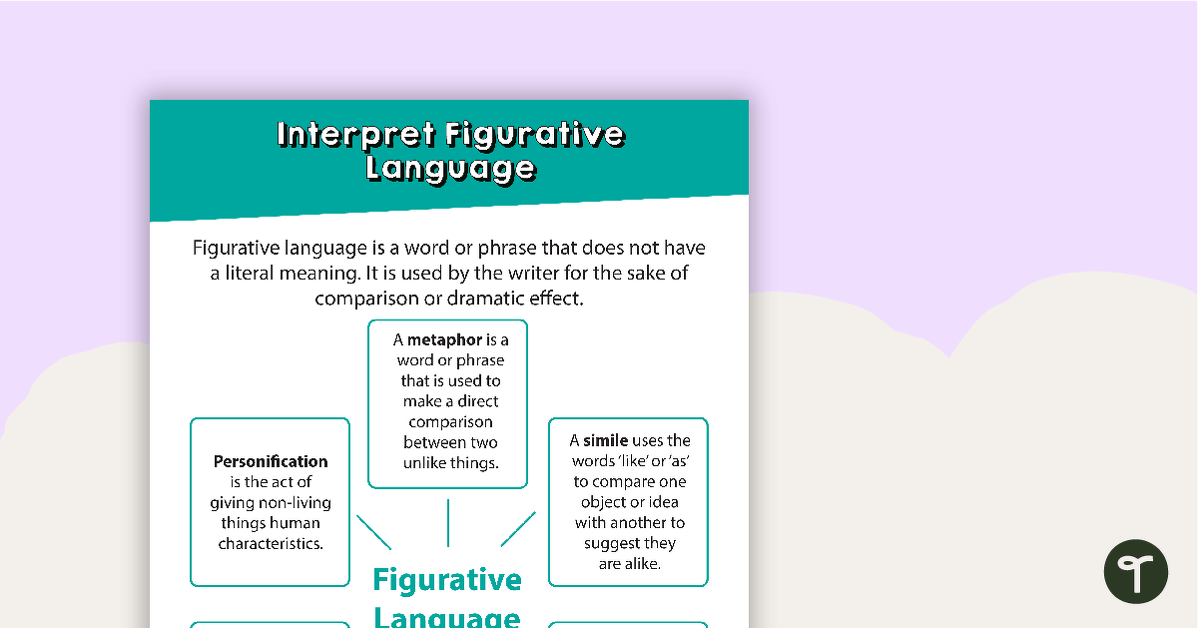

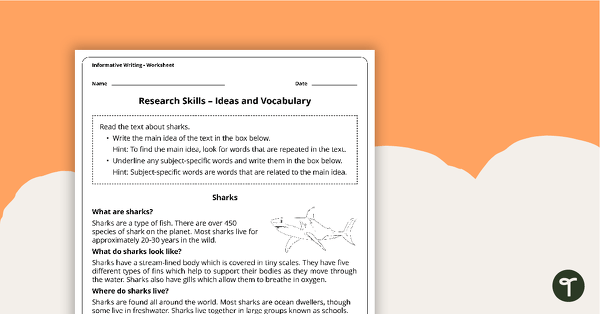

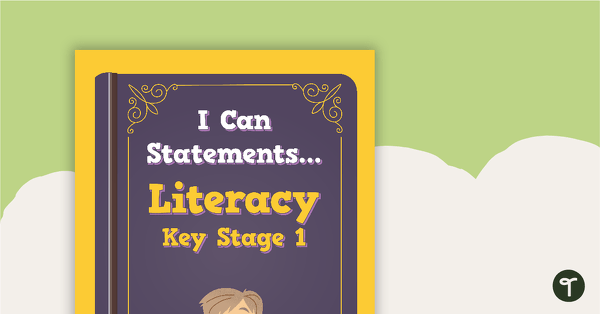
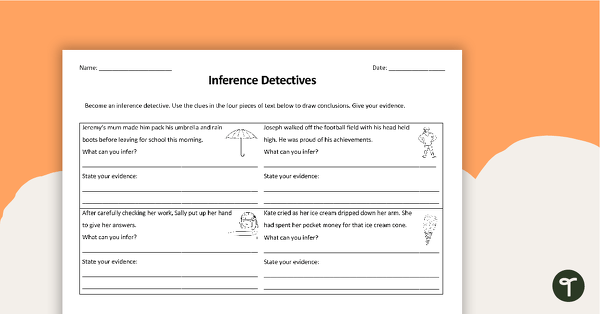
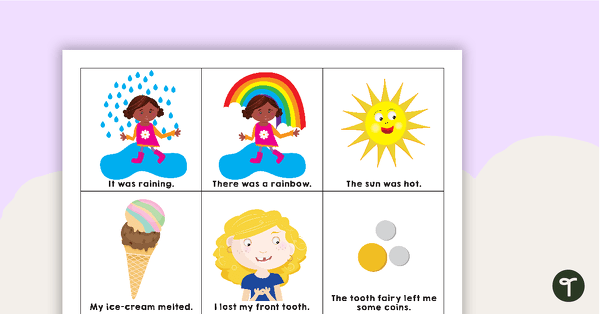
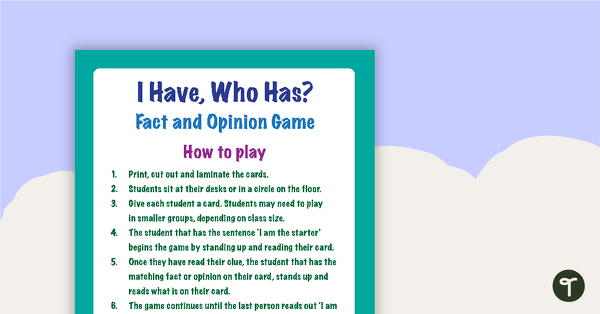
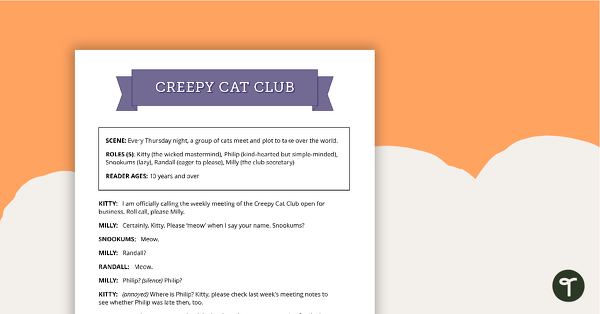



0 Comments
Write a review to help other teachers and parents like yourself. If you'd like to request a change to this resource, or report an error, select the corresponding tab above.